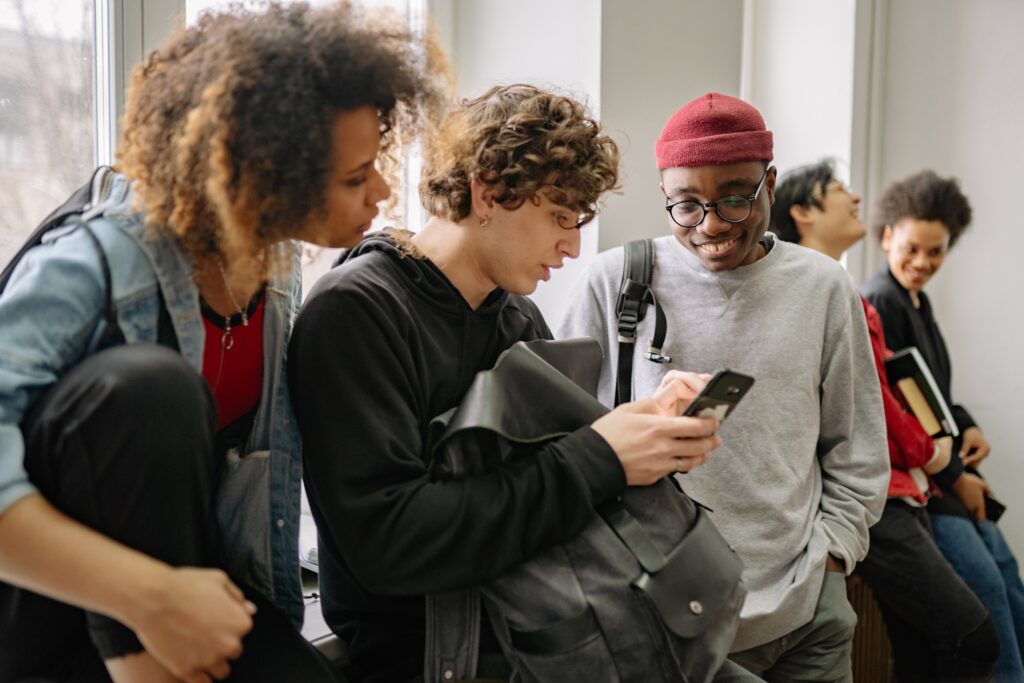Co-Creating a Syllabus
In 2019, I launched a new course at my institution called History Pedagogy. The course was designed to give students headed to graduate school some training in teaching before they left Knox, but was also a space that welcomed students headed to K-12 educational settings. The course was a mix of philosophy and hands-on, practical learning—wherever possible, by design, I had students create the infrastructure of the course to pull back the curtain on the bells, whistles, and levers that went into making syllabi, assignments, grades, and more.
On the first day, I distributed a syllabus that featured a header image and the name of the class, and then three sheets of blank paper. As experts in reading syllabi, I suggested, they knew what worked for them in a syllabus and what didn’t. We jumped into a conversation about the highs and lows of syllabi with which they’d wrangled, and I made time for everyone to begin jotting down notes about the kind of syllabus they wanted to create. Their homework was to individually shape a syllabus that they felt addressed the concerns and hopes they had raised in class.

At the beginning of the next class period, I divided the class into small groups of three, and asked them to share their syllabi with one another. Their goal was to take the best parts of everyone’s syllabi and merge them into a Super Syllabus, which they got to draft on the whiteboards around the room. Everyone had very different ideas about what a syllabus should and could say, so there was a lot of conversation about what merited inclusion on the group document, and I moved between groups asking questions to elicit reflection.
Once everyone felt they had a syllabus that they liked, I distributed post-it notes, and asked everyone to go around and read the other syllabi in the room. Their job, as I articulated it, was to ask themselves who the student was that the syllabi seemed to be talking to, write it down, and stick it on the syllabus. How would they describe that person? What did language choices and policies say about the kind of person the authors thought a student might be?
What the students discovered was that they had all imagined a student whom they didn’t particularly trust. They had designed for a student who they thought wouldn’t participate in the class, turn in work on time, or fully understand their responsibilities as a class member. In the conversation that followed we discussed how often syllabi are rooted in that perspective, and what it might look like to start, instead, from a position of trust. Everyone had time to revise their syllabi in light of that discussion, and then I merged all the groups’ work into one syllabus that we used for the rest of the term.
The students needed guidance and support to make this activity work—to be reminded, for example, to think about how many assignments were useful and necessary; to consider their feelings about grades; to write policies that addressed disabilities and Title IX etc. But it was a wonderful exercise that made the amount of work that goes into syllabus design transparent, and set us on course to talk about the foundational aspects of relationship building in teaching. The syllabus the class produced was not the syllabus I would have written, but it was a document that reflected real critical engagement from everyone in the room.
While I did this exercise at the beginning of the course, it would also be a great activity to do at the end—to ask students to design the syllabus for the next iteration of the class with the benefit of everything they had learned. It would also have been a good idea for us to revisit the syllabus at the end of the term and ask if it lived up to its potential. Either approach would have made for a great assignment, whether formal or informal, graded or not, and allowed the students to metacognitively assess their own learning.
I haven’t yet asked students in other classes to build their own syllabus, always feeling a bit pressed for time. I also recognize that I did this in a small class, at an institution that welcomes pedagogical experimentation, and where I have worked for eighteen years. There are lots of reasons why someone might not have the job security (or personal security) to do this kind of work. Still, as I reflect on this experience, I’m reminded of the dividends it paid throughout the course. Whenever and wherever we can invite students into the work of collaboration, it feels worth it, no matter how small the first step seems. Perhaps a wholesale syllabus-creation project isn’t possible for you—but is there a process that would allow students to react to the syllabus? To communicate their feelings about it? Could syllabus annotation work for you, for example?